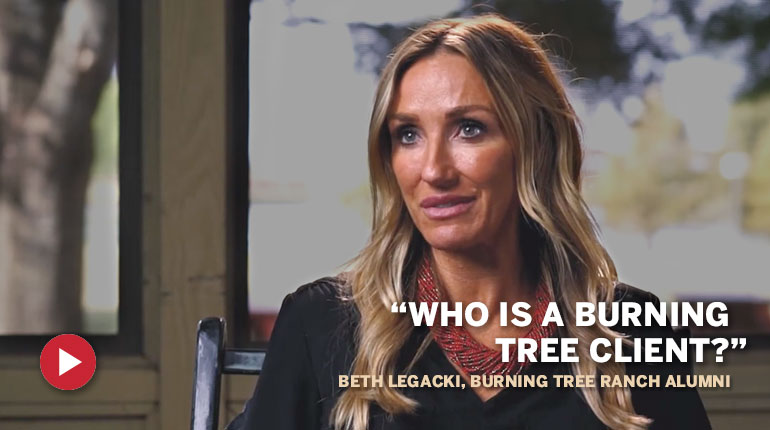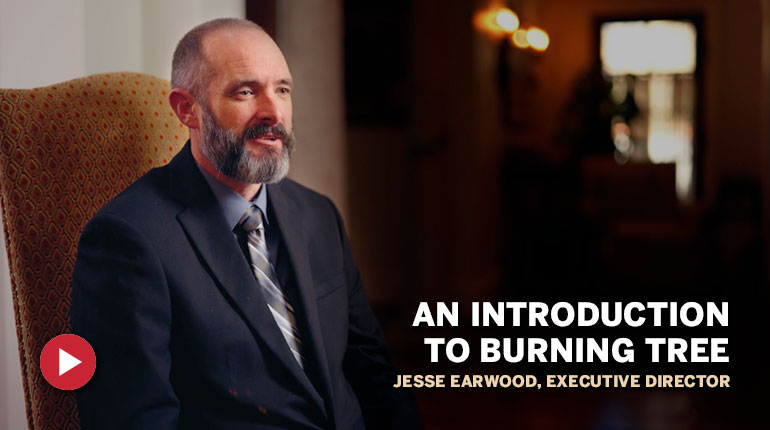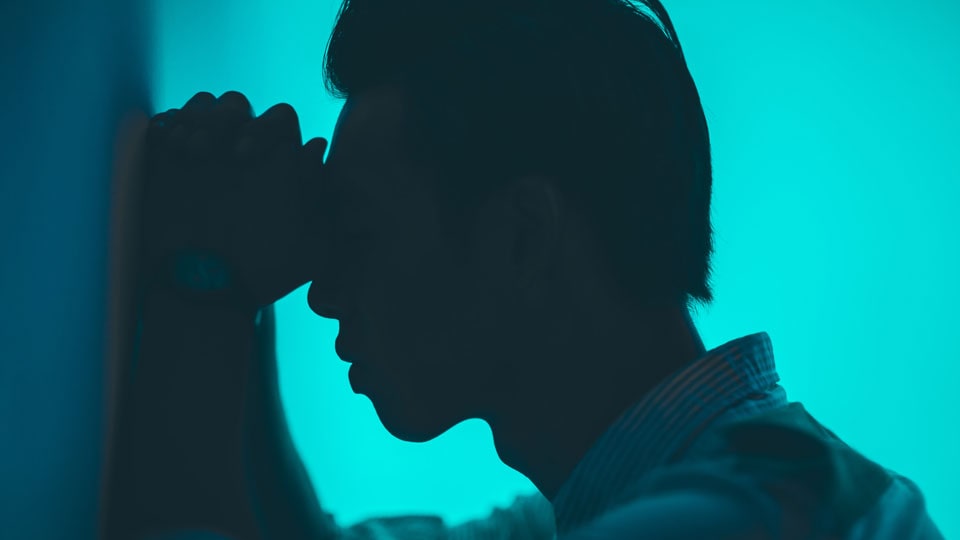The painkiller black market has become big business for those looking to make a quick buck, regardless of the ripple effect of the enterprise. Florida, in particular has become the El Dorado of black marketeers because of its inadequate tracking and monitoring of prescription pain relieving medications.
Even though prescription painkillers, especially oxycontin and its close relative oxycodone, are among the most addictive and dangerous of substances, in Florida acquiring these painkillers is as easy as asking. Legislative loopholes have made parts of southern Florida a haven for those seeking easy access to these substances.
A black market for these medications has exploded because the gray market conditions of Florida have fostered its growth. People from all over the country come to Florida to take advantage of the situation – acquire a prescription, have it filled, then return to home to reap the windfall that makes drug dealing an attractive and lucrative business, albeit illegal. With the burgeoning problem of prescription drug abuse, the cycle can easily continue unabated.
To compound the problem of poor controls, there are a growing number of less than scrupulous individuals who have entered the prescription medication market simply to profit off the demand. News reports abound concerning people setting up clinics staffed by doctors who prescribe medications with no consideration given to making a valid diagnosis. There is little, if any, regard for the effects that abuse brings; the only concern is to make a buck – lots of bucks.
But is this a simple question of supply and demand? If so, which is the driving force – is supply fueling demand or is demand creating the market for supply? While this question may be an exercise in circular logic for economists, the fact remains that there is a problem stemming from the easy availability of prescription medications. The problem is such that almost half of all emergency room admissions for drug overdoses are for prescription drug abuse.
While many may argue it is ultimately the responsibility of consumers to control what they do and do not buy, this is not the same as buying a candy bar or a soft drink (although it seems just as easy). Because at some point the enterprise becomes illegal, checks needs to be instituted to curtail the ease of acquisition of the medications. Otherwise, the problem may continue spiraling out of control.
History has shown that it is impossible to completely prevent people from acquiring that which they desire – of that, there is no doubt. However, when a product becomes difficult to obtain, fewer people bother trying to acquire it. In the case of prescription painkillers, closing the doors on the gray market will minimize the business hours of the black market.





